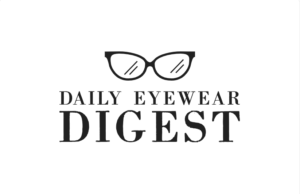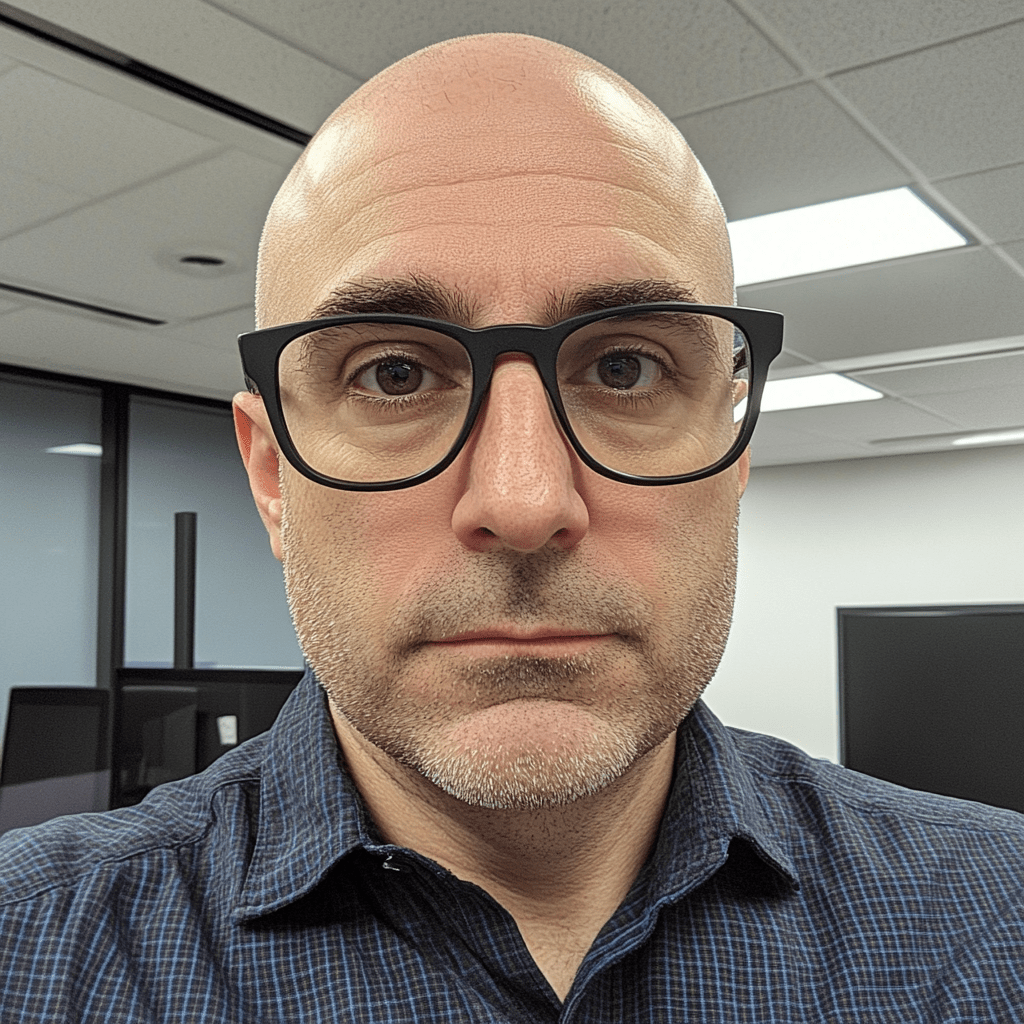Most people associate UV protection with sunny beaches, but winter sports enthusiasts know the real UV threat hides in the snow. Snow reflects up to 80% of UV rays, doubling your exposure. Add in higher altitudes, and the UV intensity can be 30% stronger than at sea level. For skiers, snowboarders, and climbers, this creates a perfect storm for eye damage.
Protecting your eyes in these conditions isn’t just smart—it’s essential. That’s where UV-proof eyewear comes into play, shielding your vision from short- and long-term harm.
What is UV-Proof Eyewear?
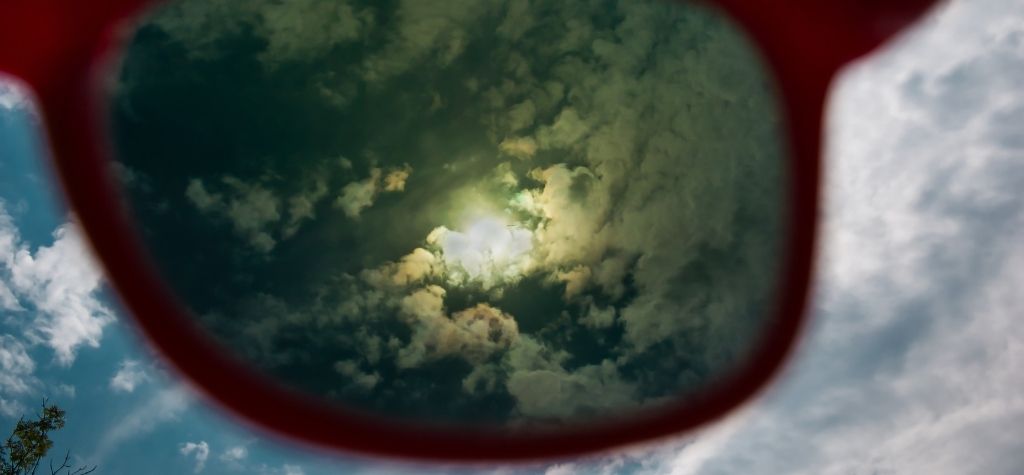
UV-proof eyewear features lenses designed to block harmful ultraviolet rays—specifically UVA and UVB. The gold standard is UV400 protection, which blocks all light rays with wavelengths up to 400 nanometers.
Common lens types include:
- Polycarbonate lenses: Naturally UV-resistant and impact-resistant
- Photochromic lenses: Adjust tint levels based on light intensity
- Polarized lenses: Reduce glare without compromising clarity
Each offers unique benefits, but all serve the same purpose—shielding your eyes from invisible yet dangerous UV radiation.
How Snow Reflects UV Radiation
The phenomenon known as the albedo effect makes snow one of nature’s most efficient mirrors. Unlike sand or water, fresh snow reflects most incoming UV rays—posing a double-exposure risk to the eyes.
Pair that with thinner atmosphere at higher elevations (common in mountain resorts), and your eyes become vulnerable even on overcast days. UV rays penetrate clouds, meaning your goggles or sunglasses are just as vital in flat light.
Common Eye Conditions Caused by UV Exposure
Failing to wear proper UV eyewear can result in:
- Photokeratitis (snow blindness): A painful sunburn of the cornea
- Macular degeneration: Long-term exposure can accelerate this condition
- Cataracts: Prolonged UV damage increases the risk of lens clouding
- Pinguecula and pterygium: Non-cancerous growths caused by UV stress
These risks are not just for extreme athletes—they apply to casual snow-goers, too.
Features to Look for in Snow Sport Eyewear
When shopping for eyewear, prioritize these features:
- UV400 certification
- Polarized or mirrored lenses for glare reduction
- Anti-fog coatings
- Double-lens construction to prevent condensation
- Comfortable fit with foam padding and adjustable straps
- Helmet compatibility for seamless performance
Well-designed eyewear enhances visibility and comfort while protecting your vision.
Types of UV-Proof Eyewear for Snow Activities
Choose based on your activity:
- Goggles: Best for skiing and snowboarding due to full-face coverage
- Wraparound sunglasses: Ideal for mountaineering or casual wear
- Photochromic goggles: Adapt to changing light on long days
- Prescription-compatible models: Designed for clarity without contact lenses
Some models combine multiple features, offering hybrid solutions for multi-sport athletes.
UV Protection Beyond the Slopes
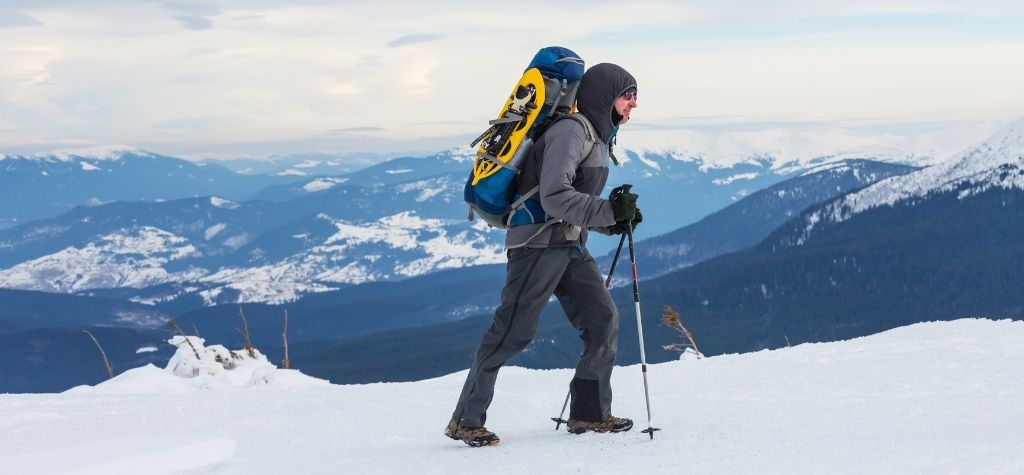
Snowy environments exist beyond the mountains. UV-proof eyewear is equally essential for:
- Driving in snowy regions, where glare can blind drivers
- Shoveling snow or working outdoors
- Winter hiking or trail walking
- Apres-ski activities in bright alpine villages
Don’t pack away your goggles once you’re off the slopes—winter UV protection is a daily necessity.
Fashion Meets Functionality
Gone are the days of clunky ski goggles. Today’s eyewear is sleek, stylish, and customizable. Modern designs offer:
- Mirror finishes and bold color frames
- Low-profile frames that double as fashion statements
- Interchangeable straps and lenses to match your outfit
Whether you’re sipping cocoa or hitting the halfpipe, you can protect your eyes in style.
How to Maintain UV-Proof Eyewear
Proper care extends lifespan:
- Use microfiber cloths to avoid scratches
- Store in hard cases to prevent damage
- Avoid cleaning with harsh chemicals
- Rinse after exposure to salt or dirt
Most lenses degrade over time—if they’re scratched or five years old, it’s time for an upgrade.
Choosing Eyewear for Different Snow Sports
Each sport demands specific eyewear:
- Skiing: Wide-lens goggles for panoramic view
- Snowboarding: Anti-fog priority due to variable pace
- Alpine climbing: Glacier glasses with side shields
- Backcountry touring: Photochromic or transition lenses
Think about speed, terrain, and light when making your selection.
Safety Standards and Certifications
Look for labels like:
- CE Mark (Europe): Ensures UV400 and optical clarity
- ANSI Z87.1 (U.S.): Impact resistance and UV protection
- ISO 12312-1: Global safety compliance for sunglasses
Avoid counterfeit or uncertified gear—it’s your eyes on the line.
Cost vs. Quality: Is It Worth Investing More?
Premium eyewear often:
- Lasts longer
- Offers better clarity and comfort
- Comes with warranty or lens replacement programs
Budget options can still offer solid protection, but be wary of too-good-to-be-true pricing—true UV protection isn’t cheap plastic.
User Testimonials and Field Reviews
Many snow athletes credit their eyewear for:
- Avoiding eye fatigue
- Enhanced visibility during fog or blizzards
- Preventing snow blindness on summit days
Firsthand reviews reinforce the value of UV-proof goggles in real-world conditions.
The Future of UV-Proof Eyewear in Snow Sports
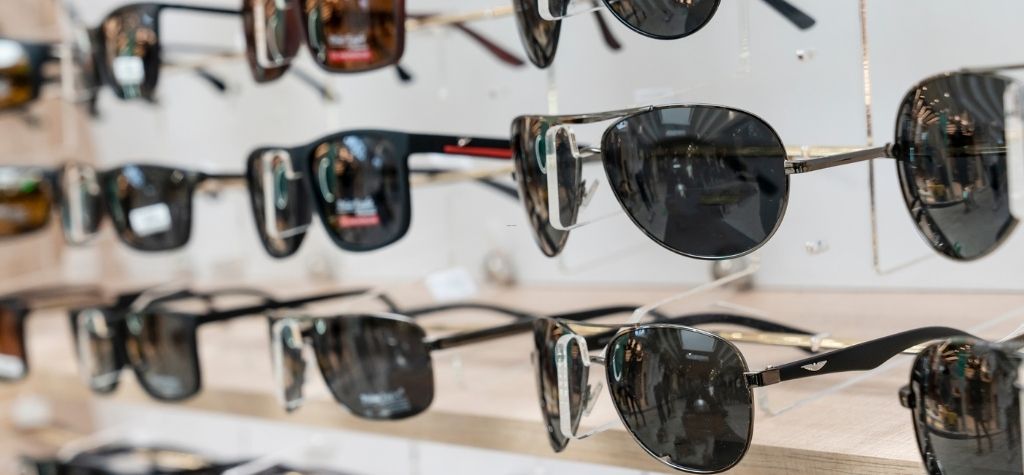
Innovations to watch:
- Smart goggles with GPS and weather tracking
- AR overlays for live trail data
- Recycled materials for sustainable frames
Expect future models to blend protection, connectivity, and environmental responsibility.
Conclusion: Protect Your Eyes All Winter Long
UV-proof eyewear is more than a snow sport accessory—it’s essential eye armor. Whether you’re racing down a slope, hiking a frozen trail, or simply walking through a snowy town, the sun’s reflection can damage your vision in seconds. Don’t take chances with your sight. Invest in quality, certified UV-blocking eyewear that works as hard as you do—all winter long.
FAQs
1. Do I need UV-proof eyewear if it’s cloudy?
Yes. Up to 80% of UV rays still penetrate clouds, and snow reflects them upward.
2. What’s the difference between polarized and UV lenses?
Polarized lenses reduce glare, while UV lenses block harmful rays. Ideally, use both.
3. Are UV-proof sunglasses enough for skiing?
For skiing, goggles offer better coverage and anti-fog benefits, but UV-blocking sunglasses work for casual snow use.
4. How often should I replace my snow goggles?
Every 2-5 years, or sooner if lenses are scratched or anti-fog coating wears off.
5. Can I get prescription UV snow goggles?
Yes, many brands offer prescription inserts or custom lens options.
6. Are mirrored lenses better for UV protection?
They reduce glare but don’t replace UV protection—ensure they’re UV400 certified.
